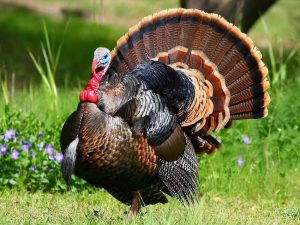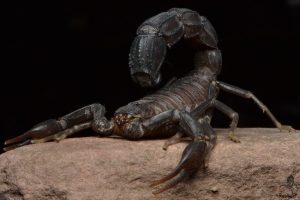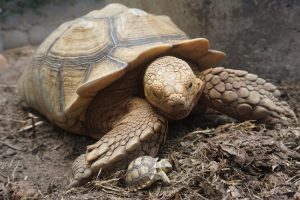The Koala, the symbol of Australia, always captures our attention with its adorable appearance and unique habits. With a soft coat, round ears, and a large nose, the koala easily wins the hearts of all visitors. In this article, KnowAllAnimals will provide you with detailed information about this animal, from its characteristics and habits to its natural habitat.
Scientific classification
- Kingdom: Animalia
- Phylum: Chordata
- Class: Mammalia
- Infraclass: Marsupialia
- Order: Diprotodontia
- Family: Phascolarctidae
- Genus: Phascolarctos
- Species: P. cinereus
1. Introduction to the Koala
The koala, also known as the pouch bear, is a marsupial endemic to Australia belonging to the family Phascolarctidae. They are closely related to wombats and kangaroos. Koalas are famous for their lovable appearance, their thick gray or brown coat, large round ears, and big black nose. These adorable bears are nocturnal animals that spend most of their time in eucalyptus trees, where they eat leaves and sleep.
Koalas play an important role in the Australian ecosystem, helping to maintain the balance of the eucalyptus forests. However, they are facing many threats such as habitat loss, disease, and climate change.
1.1. Koala Physical Characteristics
Koalas possess unique physical characteristics that help them adapt to life in the trees and a diet of eucalyptus leaves:
Thick and soft fur: A koala’s gray or brown coat not only helps keep it warm but is also water-resistant, protecting it from rain and dew.
Strong feet and sharp claws: A koala’s feet have sharp claws and two opposing thumbs on each front foot, which help it grip branches tightly and climb easily.
Pouch: A female koala has a pouch that opens backward, where the baby koala lives and develops for the first 6 months of its life.
Specialized digestive system: A koala has a cecum that helps detoxify its food during digestion because its main diet is eucalyptus leaves—a type of leaf that is poisonous and difficult to digest.
These characteristics not only help koalas survive in their unique habitat but also contribute to their adorable and one-of-a-kind appearance, making them one of the most beloved animals in the world.
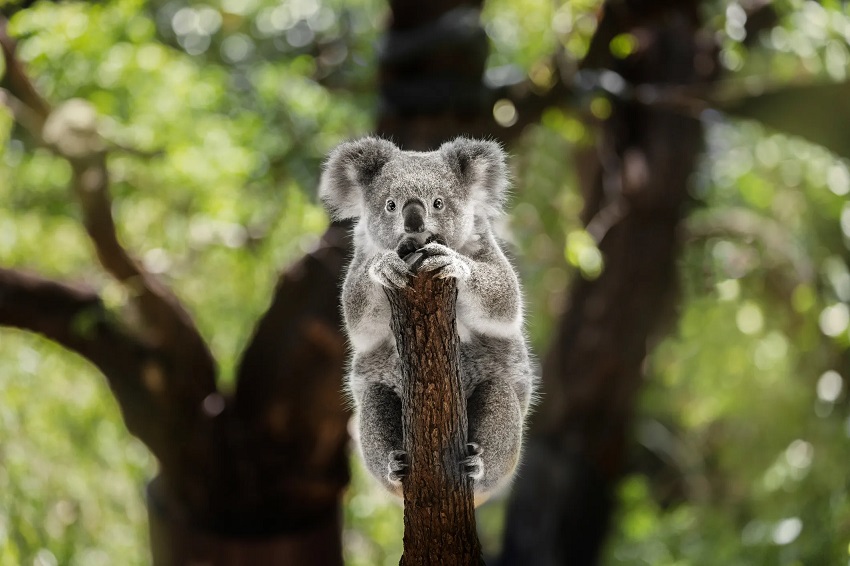
1.2. Koala Habits
Koalas are known for their slow-paced lifestyle, as they spend most of the day, about 18 to 20 hours, sleeping and digesting their food. Koalas move slowly on the ground, but they are excellent climbers and can jump from one tree to another with ease.
Koalas are also solitary animals, only interacting with other koalas during the mating season or when raising their young. They communicate with each other through sounds, scents, and visual signals.
Female koalas typically give birth to one baby per year, and the baby lives in its mother’s pouch for about 6 months before clinging to its mother’s back until it is one year old. These unique habits not only help them survive but also help maintain the ecological balance of the eucalyptus forests, a vital ecosystem in Australia.
1.3. Koala Natural Habitat
Koalas live primarily in the eucalyptus forests of eastern and southeastern Australia, stretching from Queensland to Victoria. They are uniquely adapted to life in the trees, with sharp claws and opposing thumbs on their feet that help them grip branches tightly.
Eucalyptus leaves, although poisonous to many other animals, are a koala’s main food source. Their digestive system has evolved to process the toxins in eucalyptus leaves. However, this is also a low-energy diet, which is why koalas need to sleep so much to save energy.
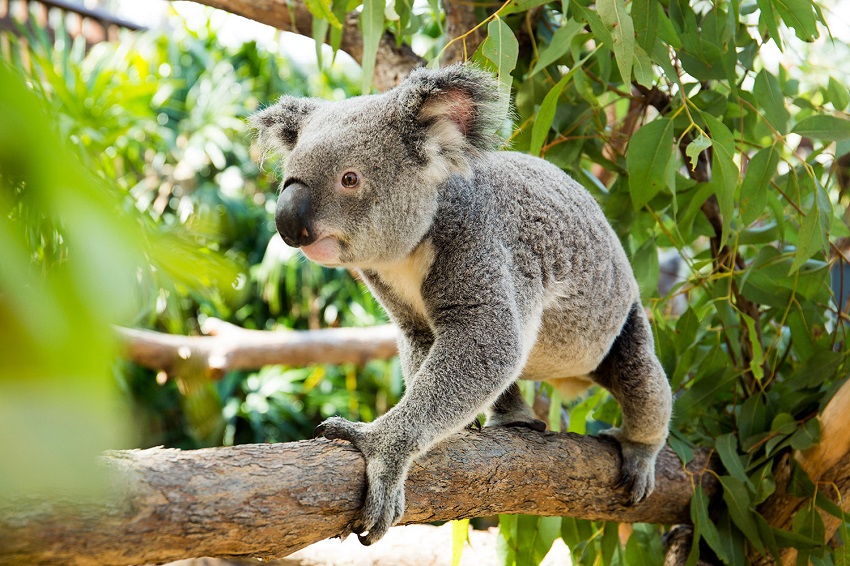
2. What Do Koalas Eat?
A koala’s main food source is eucalyptus leaves, a plant that is rich in nutrients but very difficult to digest. Each day, a koala consumes over 2,000 eucalyptus leaves to get and maintain enough energy for its body’s activities. And it can take them anywhere from 100 to 200 hours to digest this amount of food.
3. Koala Reproduction
When a koala reaches breeding age at 2–3 years old, it will begin its journey to find a mate. Their breeding season typically starts in December and lasts until the end of March. Their pregnancy is very short, only lasting about 35 days. An adult female will give birth to one baby per year, and twins are very rare.
4. Discover Top Fun Facts About Koalas
Here are some fascinating facts about koalas that not everyone knows. See how many of these amazing things you already knew about this adorable animal.
4.1. Koalas Aren’t Bears – They’re Marsupials
Although everyone knows them by the name “koala bear,” koalas actually belong to the “marsupial” family along with kangaroos, wallabies, and possums. This means koalas have a pouch just like other marsupials, and newborn koalas grow inside their mother’s protective pouch. There, they are exclusively nourished from their mother’s digestive system until they are strong enough to venture out and explore the world.
4.2. Koalas “Don’t Drink Water”
In the Aboriginal language, the word “koala” is translated as “no drink.” You will rarely see them drinking water. Instead, they get the water and moisture they need by eating eucalyptus leaves—the only food that koalas can consume. They have an organ called the cecum that helps them digest eucalyptus leaves without being harmed. Because the leaves have such a low-energy content, koalas are lazy and sleep a lot.
4.3. Koalas Have Very Poor Eyesight
Some scientific studies show that koalas have very poor eyesight and rely on their other senses for most of their activities. To compensate, they have a keen sense of hearing and smell, which helps them easily track other koalas, detect predators, and find their favorite food.
4.4. Koalas Have an Average Lifespan of 10–12 Years
Scientific studies show that koalas in the wild typically have an average lifespan of 10–12 years. Females, in particular, can live longer, up to 18 years, while males generally have a shorter lifespan. Males begin the mating process at about 3–4 years old, while females can mate and begin reproducing earlier, at age 2.
4.5. Koalas Can Sleep Up to 20 Hours a Day
Some scientific documents show that koalas can sleep up to 20 hours a day because of their low-energy diet. Because of this, they are only active at night, at dawn, or in the late evening. So for them, there is no day or night, as they will only forage for food after they have had enough sleep.
The low-nutrient diet and the energy they expend while active actually help them sleep better. It’s worth noting that an adult koala can eat about 1 kg (2.2 lbs) of eucalyptus leaves in one night.
4.6. Koalas Are Often Very Loud
A koala can make at least four types of sounds to communicate: a grunt, a growl, a cry, and a bellow to call for a mate during the breeding season. These sounds can carry through the entire forest and be heard from a distance of up to 1 km. When they hear these sounds, female koalas will determine the location and size of the male, as they tend to be attracted to larger males.
4.7. Koalas Can Run as Fast as a Rabbit
Many people are surprised to hear this, as koalas have a lazy and slow appearance that can be misleading. However, a koala can run as fast as a rabbit, but to save energy for digestion, they will not run unless it is absolutely necessary.
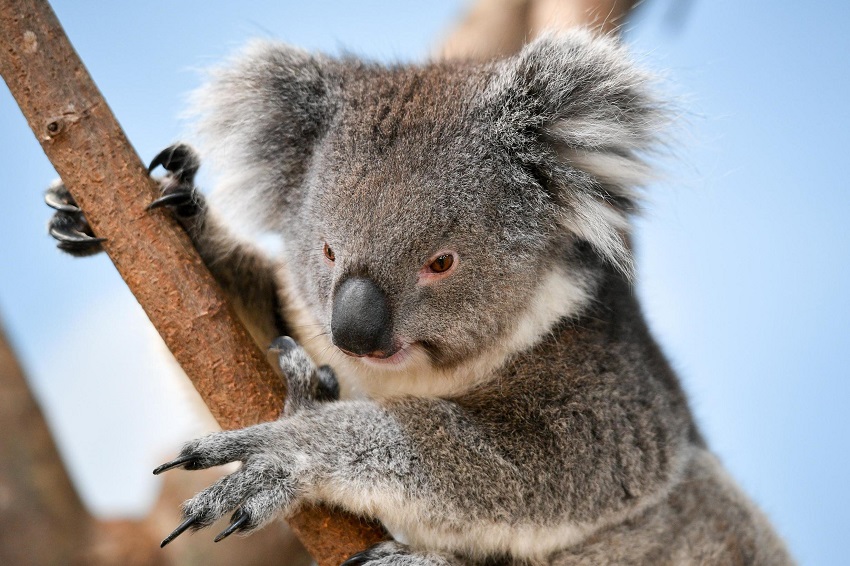
5. FAQs
1. Where do koalas live in the wild?
Koalas are native to eastern and southeastern Australia, inhabiting eucalyptus forests and woodlands.
2. What do koalas eat besides eucalyptus leaves?
Koalas primarily eat eucalyptus leaves but may occasionally consume leaves from other native trees when available.
3. How long do koalas sleep each day?
Koalas sleep up to 18–22 hours a day to conserve energy, as their diet is low in nutrients.
4. Are koalas endangered or protected?
Koalas are listed as vulnerable in parts of Australia due to habitat loss, climate change, and disease.
The Koala is not just an adorable symbol of Australia; it also holds surprising and fascinating secrets about its lifestyle and biology. From its specialized diet to its unique way of sleeping, this animal offers many surprises to anyone who loves nature and wildlife. We hope this article has given you a deeper understanding of the koala and inspired you to explore the diverse world of Australia.
References: https://en.wikipedia.org/wiki/Koala

